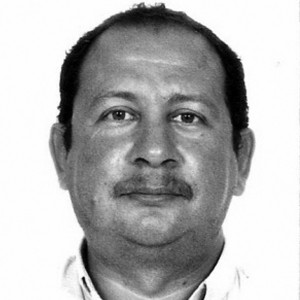The buildings symbolized and carried out mixed functions which secured the elite’s political and economic control of the community.
In Xpuhil, the buildings are concentrated in groups demarcated by opened and closed courtyards and, inside, the rooms show evidence of having been arched and fitted with benches at different levels. Occasionally, the central opening of the façade was marked by cascades of serpentine stucco masks.
The lack of a clearly-defined central area in Xpuhil, together with the presence of various structural groupings, suggests that the community was under the control of a number of local noble houses, who answered to the authorities in the neighboring site of Río Bec. This situation was probably similar in other occupied settlements in the region, always under the control of Becán.
The distribution of the larger mounds in Xpuhil span a surface of at least nine square miles, a figure broadly similar to the area of the Río Bec site. The concentration of buildings on these mounds is limited. In practically every cluster there is a structure with prominent qualities, which could have performed several functions, from housing for the elite to public use, whether political and administrative or religious. Later on, the outlook changed drastically as the regional connections began to break down.
The cultural heritage which still survives around the regional center of Calakmul provides an excellent opportunity to create greater awareness of its historical and cultural value, and for the INAH and the wider public to jointly adopt a commitment to respect and protection. In their daily lives, the local population coexists with this legacy developed by our Mayan ancestors in the south of Campeche.







